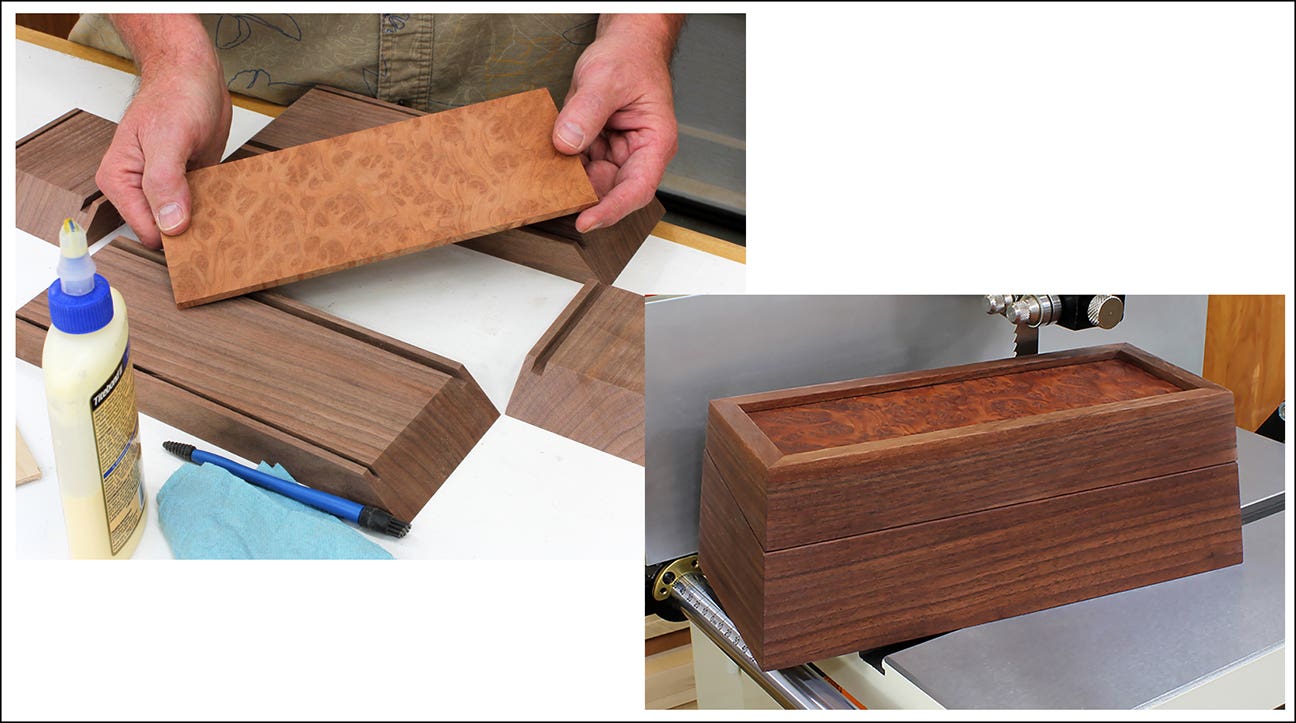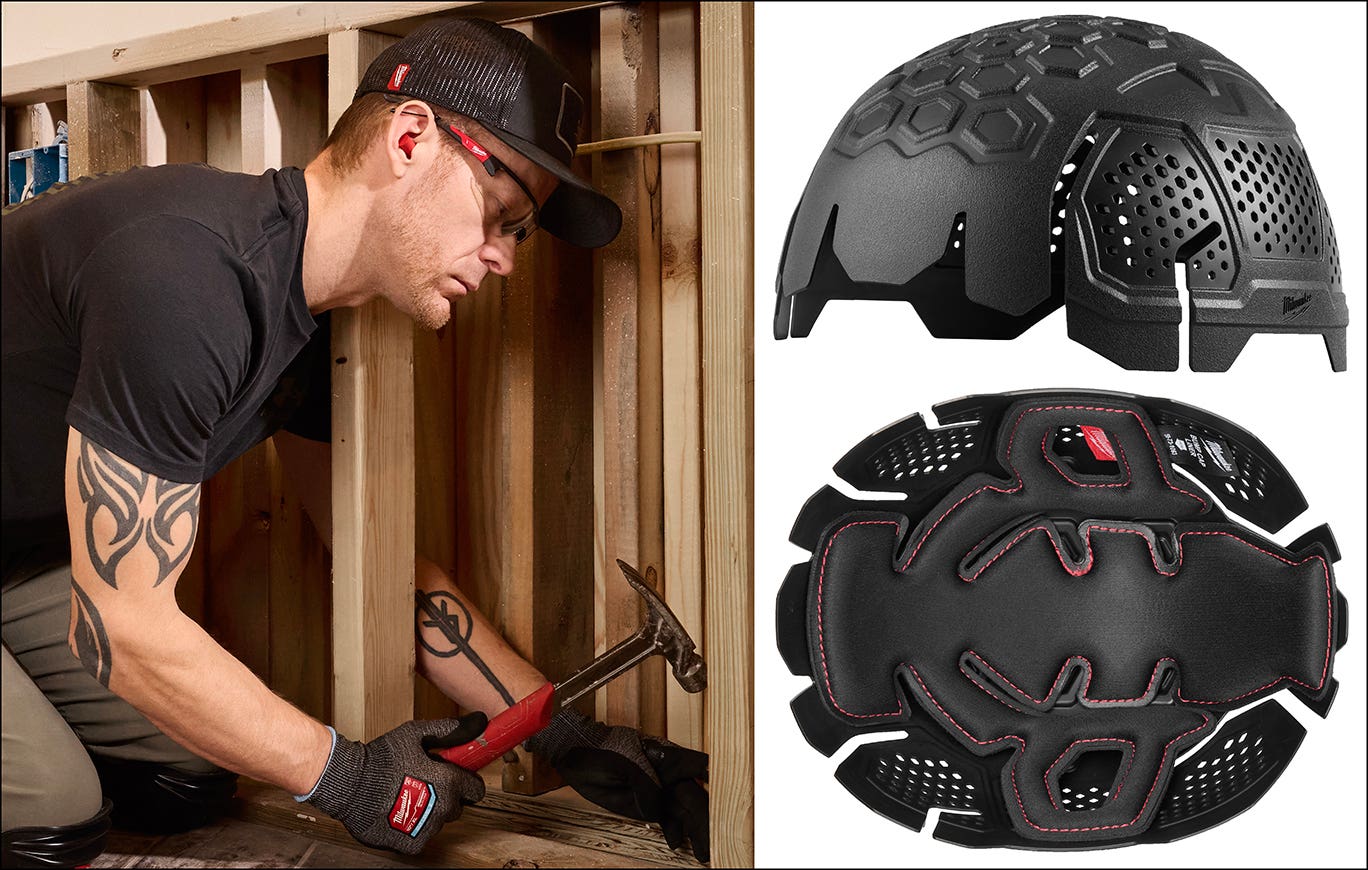Bosch green-lights saw with safety device
Bosch is taking its new Reaxx job-site table saw, with its flesh-detecting Active Response Technology, to market. The company announced the saw is available for purchase on June 1. It…
Bosch is taking its new Reaxx job-site table saw, with its flesh-detecting Active Response Technology, to market.
The company announced the saw is available for purchase on June 1. It debuted at the 2015 AWFS fair and was scheduled for release last fall. But SawStop filed an action with the U.S. International Trade Commission to block importation on the grounds that the saw violates SawStop’s patents for flesh-sensing technology.
“This is a huge milestone moment in the Bosch lineup of award-winning job-site table saws,” Bosch spokesman Andy Ambrosius said in a statement. “The Active Response Technology system on the Reaxx table saw detects human flesh that comes in contact with the blade, rapidly dropping the saw blade below the tabletop. This high-speed action helps reduce the potential of serious user injury and occurs without damaging the blade.”
SawStop introduced flesh-sensing technology in 1999, but couldn’t make a deal with table saw manufacturers to incorporate the technology. In 2005, SawStop began manufacturing and selling table saws with its technology.
The Bosch saw uses a gas cartridge system to drop the saw blade, if contact with flesh is detected. No damage is done to the saw blade and the cartridge can be changed in seconds, according to the company.
SawStop’s system also drops the blade on contact, but stops instantly in a collision with an aluminum brake. To put a SawStop back in service, you have to replace the blade and brake cartridge.
The International Trade Commission voted to begin an investigation, based on SawStop’s complaint, which will take months to complete.
Bosch says the Reaxx is able to cut most non-conductive materials, including treated lumber without excessive water content. The saw has a MSRP of $1,499.
*****
In other recent news, the U.S. Office of Information and Regulatory Affairs at the Office of Management and Budget announced it received the Environmental Protection Agency’s revised draft formaldehyde emissions regulation for final review.
The EPA is developing a final rule under the Formaldehyde Standards for Composite Wood Products Act.
In 2013, the EPA issued two proposed rules. The first establishes a framework for third-party testing. The second is to implement statutory formaldehyde emission standards for hardwood plywood, MDF and particleboard sold, supplied, offered for sale or manufactured (including imports) in the United States.
The EPA decided to issue a single final rule that addresses both of these proposals. The OMB has up to 90 days to review the regulation before returning it to the EPA for final publication. The EPA’s initial draft regulation called for a one-year grace period from enforcement following final publication, but that could change in the final draft, according to published reports.
And the California Occupational Safety and Health Standards Board scheduled a public hearing on April 21 to air its proposal to reduce permissible levels of wood dust in the workplace.
The board proposes to reduce the existing eight-hour, time-weighted average permissible exposure limits of wood dust from all hardwoods and softwoods, with the exception of Western red cedar, from 5mg per cubic meter of air to 1mg/m(3).
This article originally appeared in the May 2016 issue.






